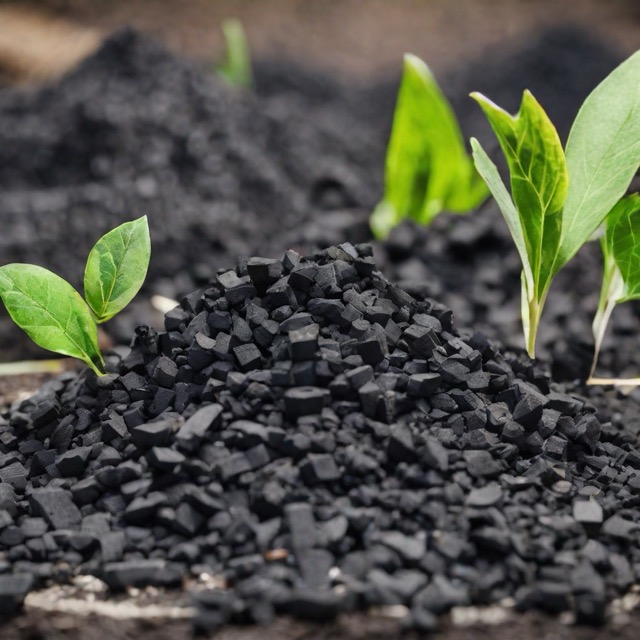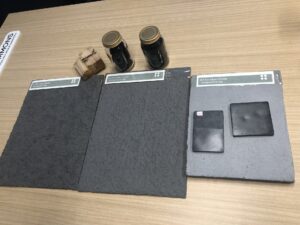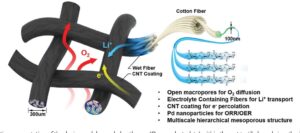Key Highlights:
- Biochar effectively removes contaminants of emerging concern from water through adsorption
- Pretreatments before pyrolysis can significantly enhance desirable biochar qualities
- Life cycle and economic analyses indicate environmental and financial feasibility of novel biochar concepts
- Future prospects involve feedstock optimization, surface engineering, and scaling integrated biorefinery approaches
- Advancements across research domains can realize biochar’s full potential for sustainability solutions
Biochar has gained significant attention in recent years for its wide-ranging environmental benefits. Derived from biomass through pyrolysis, biochar is a porous carbon-rich material that can improve soil quality and sequester carbon from the atmosphere. Beyond its agricultural uses, biochar shows great potential in addressing other pressing sustainability challenges through emerging innovative applications. This article will explore four such applications and their significance through a scientific lens.
Biochar for Treating Contaminants of Emerging Concern
Contaminants of emerging concern (CECs) like pharmaceutical residues and personal care products are increasingly detected in aquatic environments. These trace contaminants can potentially impact ecosystems and human health. Recent studies show biochar’s ability to remove CECs through adsorption onto its large surface area. Biochar amendments were found to reduce antibiotic residues in soil by 30-80%, protecting groundwater sources. Its adsorptive properties also make biochar effective for wastewater treatment. Adding small doses (5g/L) to an activated sludge reactor removed over 90% of pharmaceutical byproducts.
Biochar offers a cost-effective, “green” solution compared to conventional water treatment. However, further investigations are needed to understand interactions between different CECs and biochar types under varying environmental conditions. Elucidating maximum adsorption capacities and kinetics will aid optimal biochar dosing. Overall, this emerging application presents biochar as a sustainable tool for mitigating water pollution.
Pretreatment Methods for Enhancing Biochar Properties
Biochar properties dictate its performance in various applications. Post-treatments like physical or chemical activation are common methods to enhance surface area and pore structure. However, pretreatments conducted prior to pyrolysis are gaining attention. Physical pretreatments involve mechanical size reduction or compacting of biomass. This promotes more uniform carbonization, increasing reactive surface sites and microporosity in biochar.
Hydrothermal pretreatment utilizes subcritical water to breakdown biomass lignocellulose before pyrolysis. This yields biochar with improved carboxylic acid content, higher surface charge density and disordered carbon structure for enhanced adsorption. Chemical pretreatments employ acids, bases or oxidative agents to partially depolymerize biomass and generate oxygenated carbon domains in resultant biochar. Overall, optimized pretreatment methods could help maximize desirable properties in biochar to suit diverse emerging applications.
Environmental and Economic Assessments of Novel Biochar Projects
A sustainability rationale is critical for widespread commercialization of emerging biochar applications. Life cycle assessment studies comparing biochar to alternative materials provide valuable insights. One study reported biochar-amended concrete saw a 23% reduction in global warming potential versus traditional concrete. Coupling biochar synthesis with wastewater treatment also offers environmental co-benefits. It was found to reduce sludge production by 20-30% versus conventional treatment, helping reuse resources.
Economic feasibility remains a key criteria. A techno-economic analysis of biochar production via slow pyrolysis reported encouraging energy generation returns of $34-58 per tonne of biochar. Similarly, utilizing biochar’s high surface area in applications like CO2/methane capture or water remediation demonstrated promising commercial viability. With further research and scaling up of novel biochar technologies, both environmental and economic sustainability can be realized.
Challenges and Future Perspectives
While biochar shows incredible promise, several challenges need addressing to bring emerging concepts to practical implementation. Ensuring consistent biochar quality remains challenging due to variability in biomass feedstocks and processing conditions. Standardized characterization methods are required to optimize biochar for different applications. Regulations may need developing for some novel biochar uses like wastewater treatment or concrete blending to ensure safety.
Moving forward, integrated “biorefinery” approaches coupling biochar production with biofuel/biochemical synthesis could maximize synergies for overall sustainability. Advancing pretreatment techniques, surface modification and impregnation strategies would widen the scope for biochar customization. Developing economically viable large-scale systems and incentivizing private sector investment will also be crucial to establish biochar markets of the future. With committed research spanning multi-disciplinary domains, biochar’s potential to revolutionize sustainability solutions can be fully realized.
In summary, this article highlighted emerging impactful applications of biochar in treating contaminants, wastewater remediation, concrete production and more. Pretreatment holds promise for tailoring biochar properties while assessments provide guidance on scale-up viability. Further advancing integration, standardization and commercialization pathways would propel biochar towards mass-adoption as a carbon-negative technology. Overall, innovation with this versatile material opens exciting possibilities for a more sustainable future.







